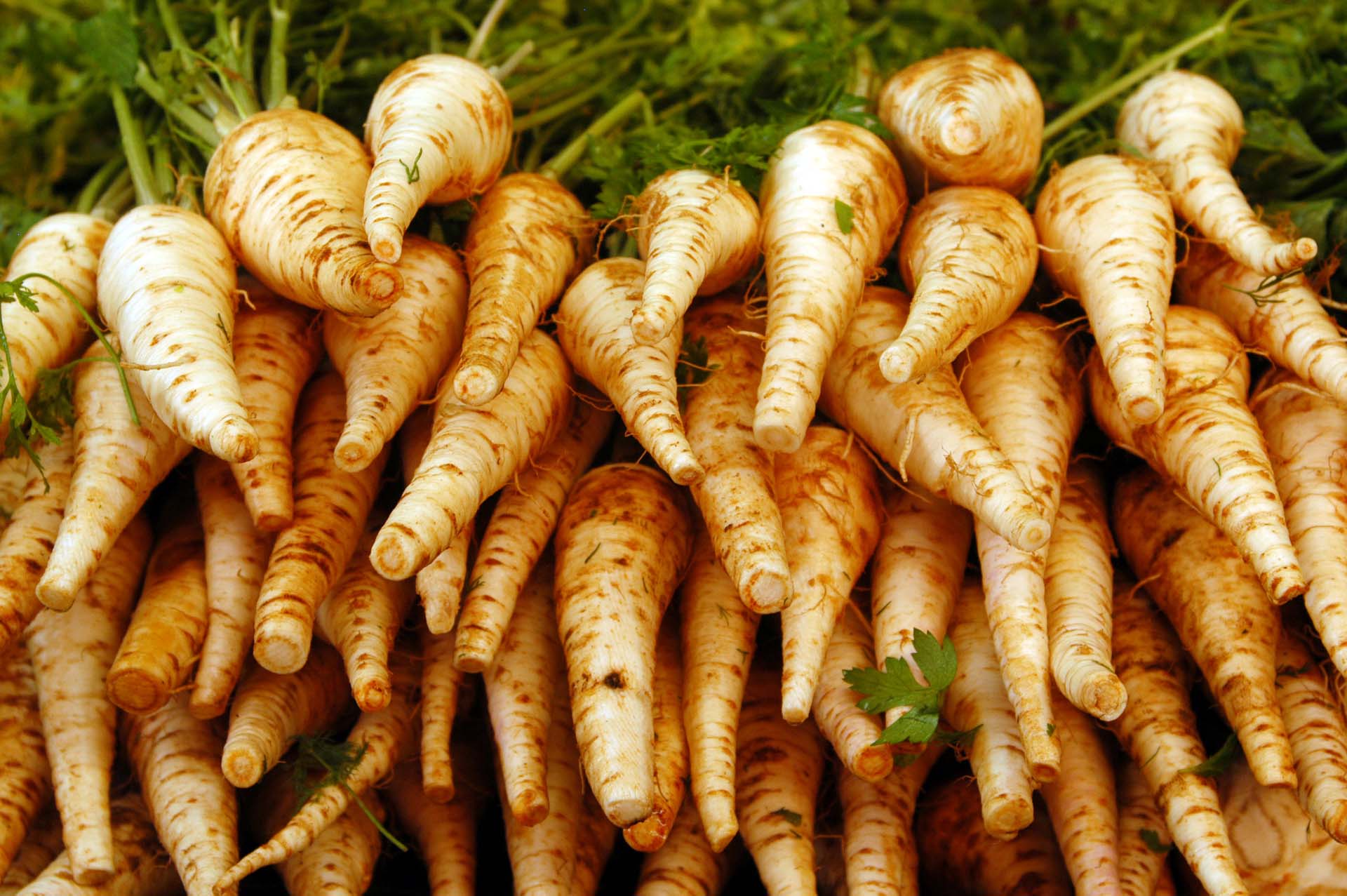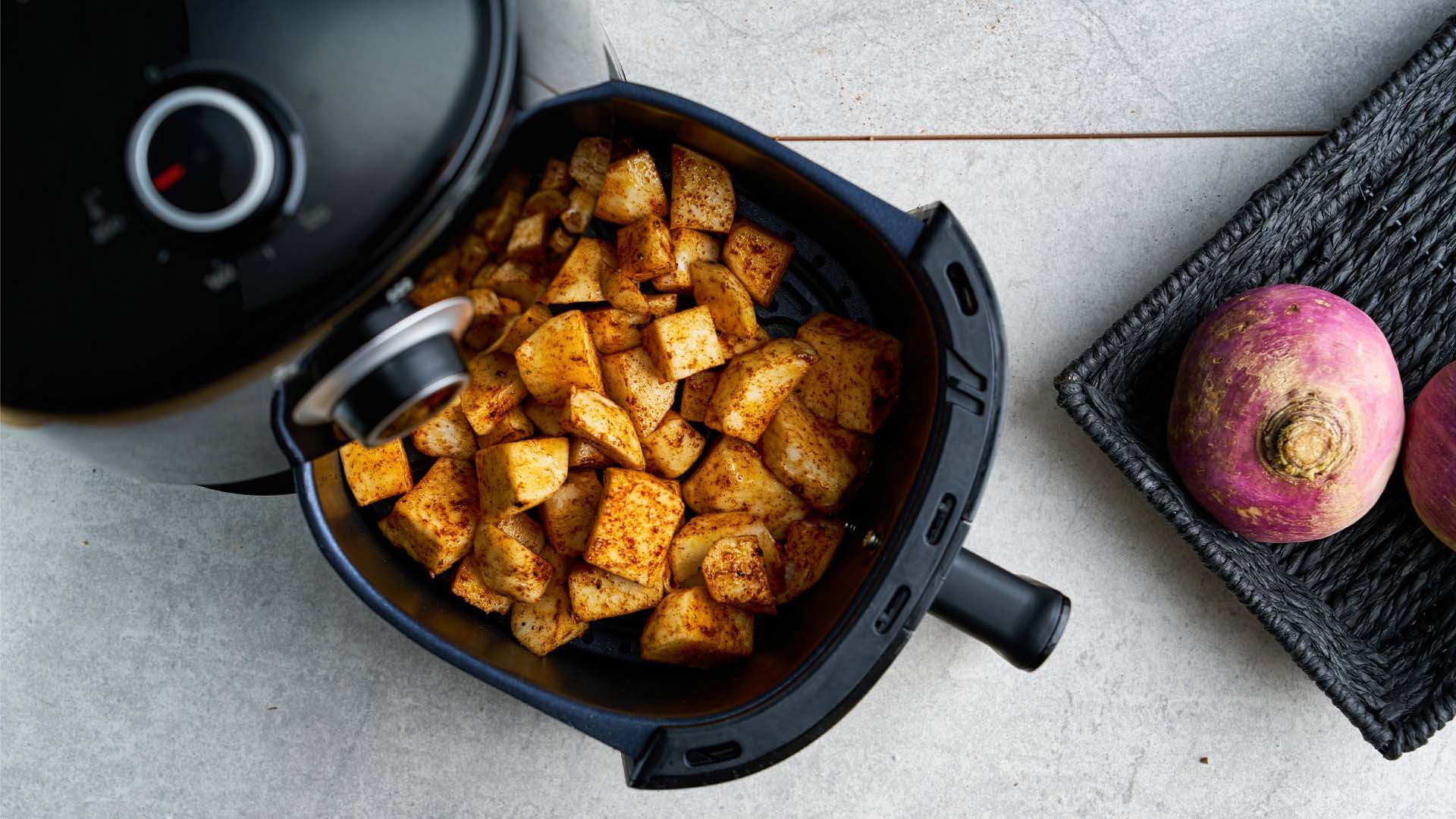Are potatoes good for you? Why it’s time to rethink the humble spud
Potatoes are often lumped in with the “bad carbs". But the super spud is packed with nutrients that can support heart health, steady blood sugar and improve gut health.
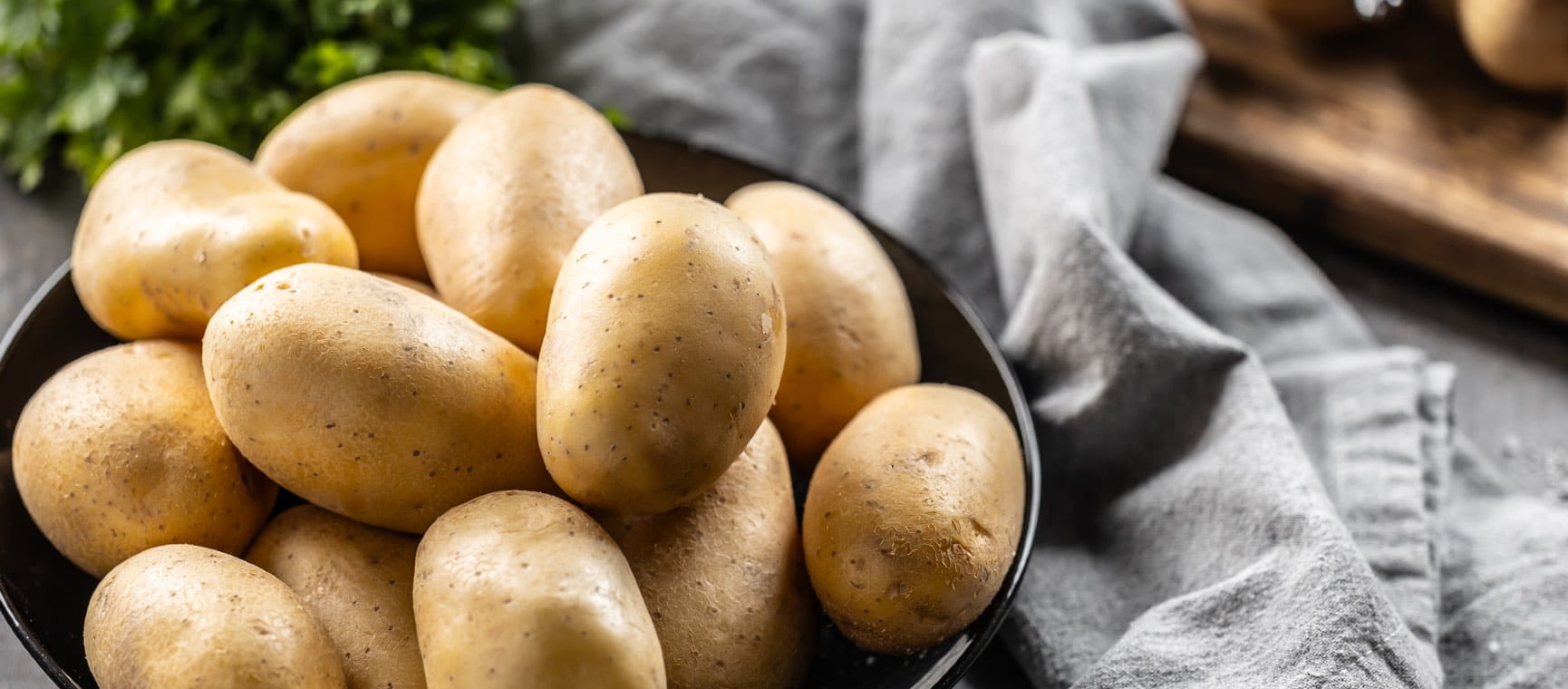
Potatoes are often lumped in with the “bad carbs". But the super spud is packed with nutrients that can support heart health, steady blood sugar and improve gut health.

Poor old potatoes. Once the pride of the British plate, they’ve somehow ended up on the nutritional naughty step.
Too starchy, too heavy, too high in carbs. But while the humble spud may have fallen out of fashion, it still has plenty to offer when it comes to our health.
Far from being an empty filler, potatoes are packed with fibre, vitamin C and potassium – nutrients that support heart health, digestion and muscle function.
And when they’re cooked in the right way, taters can be a satisfying, balanced part of any meal.
Over the past two decades, the spud has taken the brunt of our collective carb-phobia. Low-carb and keto diets made bread and pasta the villains, and potatoes were quickly bundled in too.
“Potatoes have been unfairly labelled as ‘bad carbs’, mainly because of their high glycaemic index,” says Natalie Louise Burrows, nutritionist and clinic director of Integral Wellness. “This means they can cause a rapid rise in blood glucose when eaten alone, especially if overcooked or mashed.”
Burrows explains, however, that it’s important to look at the bigger picture: potatoes are a natural, whole food, and their impact on blood sugar largely depends on how they’re cooked, how often they’re eaten and what they’re paired with.
“It’s not that potatoes are inherently bad. It’s that we tend to eat them in less-than-ideal ways – for example, as chips or creamy mash, rather than as part of a balanced meal rich in fibre, protein and healthy fats.”
So, if the issue isn’t the potato itself, what do we stand to gain by putting them back on the menu?

Per gram, potatoes actually beat bananas as a source of potassium, a mineral that helps regulate blood pressure, fluid balance and muscle function.
For anyone keeping an eye on their heart health, that’s good news.
Potatoes might not be the first food that springs to mind when thinking about vitamin C, but they provide a decent dose, especially when freshly cooked.
Vitamin C supports immunity, skin health and the absorption of iron from other foods, so pair your potatoes with spinach and steak to help your body make the most of that iron while enjoying a hearty, balanced meal.
Keep the skins and you’ll get an extra boost of fibre, which supports digestion, helps maintain healthy cholesterol levels and keeps you feeling fuller for longer.
“Nutritionally, when we compare vitamins and minerals, potatoes often come out on top,” says Burrows. “They’re rich in potassium, and vitamins C and B6. Plus they contain more fibre per calorie than white rice or pasta.”
Plain boiled or baked potatoes are naturally fat-free and surprisingly low in calories – it’s usually the toppings or cooking methods that turn them into high-calorie choices.
A medium baked potato comes in at around 160 calories, making it a smart, satisfying base for a balanced meal. Team it with baked beans for a double dose of health benefits. You’ll add extra fibre, plant-based protein and slow-release energy that keeps you full for longer.
When cooked and cooled, potatoes form a special type of starch that behaves more like fibre. Known as resistant starch, it isn’t digested in the small intestine but travels to the colon, where it feeds beneficial gut bacteria. This process helps produce short-chain fatty acids that support digestion and may reduce inflammation in the gut.
Studies suggest that diets rich in resistant starch can help improve gut microbiome diversity and even support better blood sugar control.
“Cooling cooked potatoes (for example, in a potato salad) increases their type-3 resistant starch content, a type of carbohydrate that behaves more like fibre, takes longer to digest, and supports gut health and insulin sensitivity,” says Burrows.
Boiling, baking or air frying potatoes with the skin on helps to preserve nutrients, while deep-frying adds unnecessary fat and calories.
One large review of international studies found that while overall potato intake wasn’t strongly linked to poor health, frequent fried potato consumption was associated with a 30-35% higher risk of type-2 diabetes and hypertension.
“Boiling or baking potatoes with their skins on, then cooling them before eating, helps to maximise resistant starch and minimise blood sugar spikes,” says Burrows.
It’s not just how you cook them, though. What you eat with your potatoes also affects how they’re digested and whether they leave you feeling satisfied or sluggish afterwards.
Burrows also notes that hot, starchy potatoes eaten alone can cause sharper rises in blood sugar, particularly for people managing pre-diabetes or type-2 diabetes. Eating them alongside protein, healthy fats and fibre helps to steady that response.
“Pairing potatoes with a source of protein, like fish, meat or lentils, healthy fats such as olive oil or avocado, and plenty of vegetables, can also help to manage blood sugar and keep you full for longer,” says Burrows.
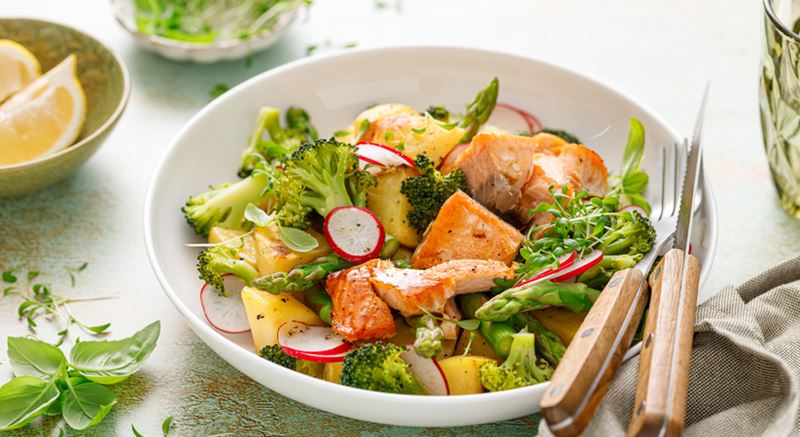
Not all potatoes are made equal, according to Burrows.
“Waxy varieties like Charlotte or Jersey Royals generally have a lower glycaemic index than floury types such as Maris Piper or King Edward,” she says.
“Waxy potatoes retain their shape when cooked, so the starches are less broken down and digested more slowly.”
Bonus tip: Go colourful when you can. Yellow and purple-fleshed potatoes contain antioxidants that may support heart and metabolic health.
Potatoes can absolutely be part of a balanced diet – it’s all in the preparation and portions. With a few small tweaks, you can turn them from a guilty pleasure into a genuine health booster. Burrows says there are lots of things you can do with your spuds to maximise their health benefits.
(Hero image credit: Getty Images)
Jayne cut her online journalism teeth 24 years ago in an era when a dialling tone and slow page load were standard. During this time, she’s written about a variety of subjects and is just at home road-testing TVs as she is interviewing TV stars.
A diverse career has seen Jayne launch websites for popular magazines, collaborate with top brands, write regularly for major publications including Woman&Home, Yahoo! and The Daily Telegraph, create a podcast, and also write a tech column for Women’s Own.
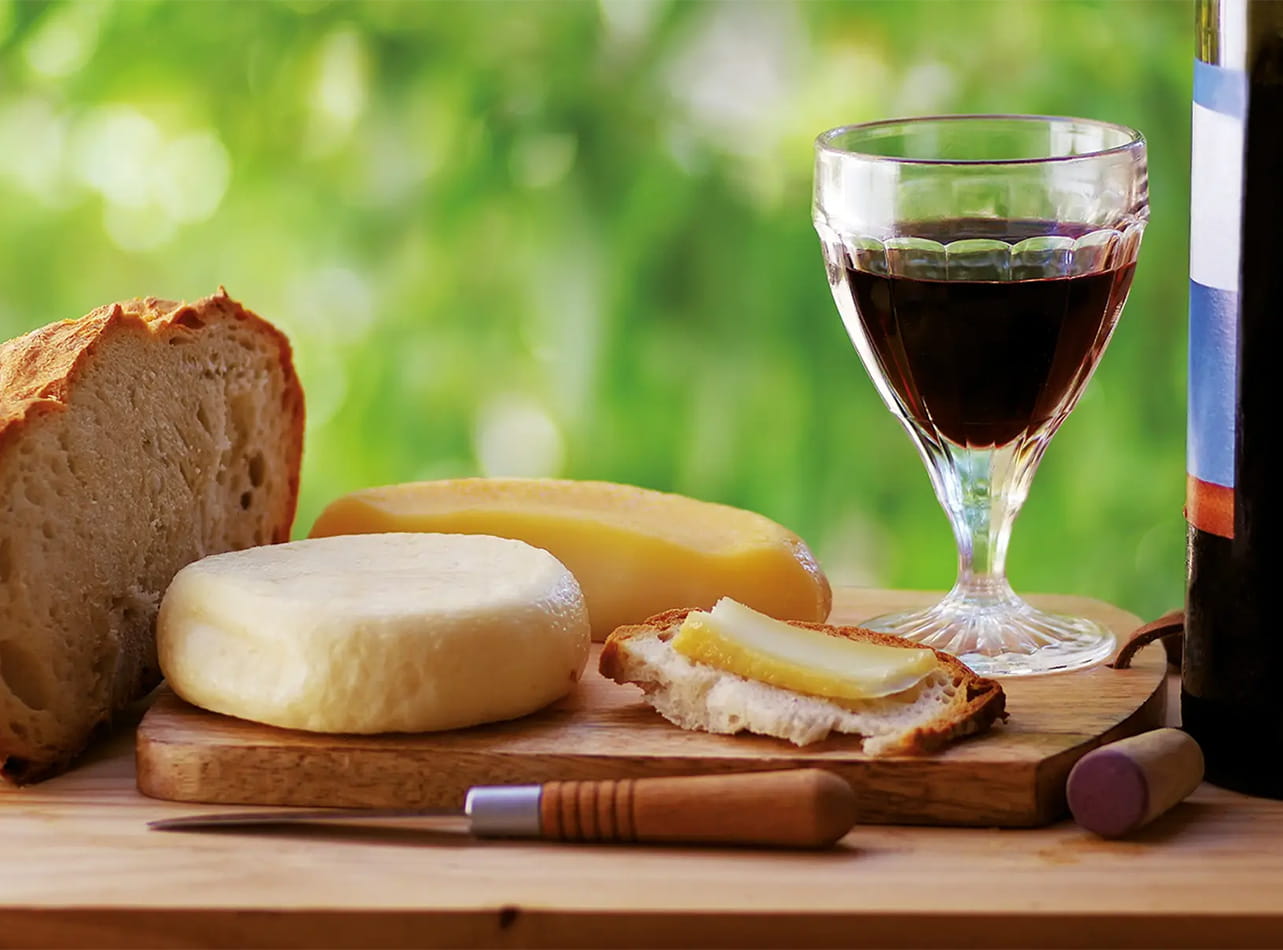
Find out about Saga's gastronomy holidays here...
They say the way to the heart is through the stomach, and Saga’s thoughtfully crafted food and wine holidays are perfect if you like trying new flavours and exploring traditional methods of cooking.
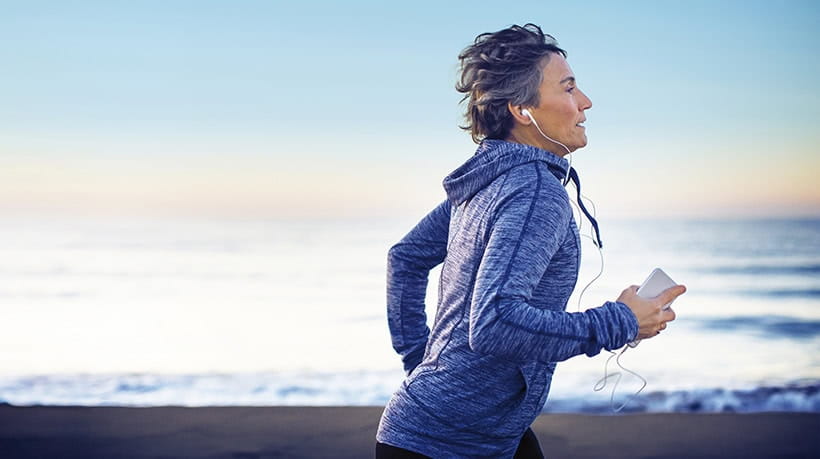
Health insurance for people over 50 that provides a quicker route to diagnosis and planned medical treatment in a private facility.
Underwritten by Bupa Insurance Limited.

We reveal the 7 best tinned foods to supercharge your health while saving you time and money.

Just four teaspoons of olive oil a day can reduce heart disease risk in six weeks, according to research.

Our expert guide to the common foods you shouldn't mix with prescription drugs.

Experts reveal whether chilled supermarket soups are worth the extra cost and if some flavours are better for you than others.
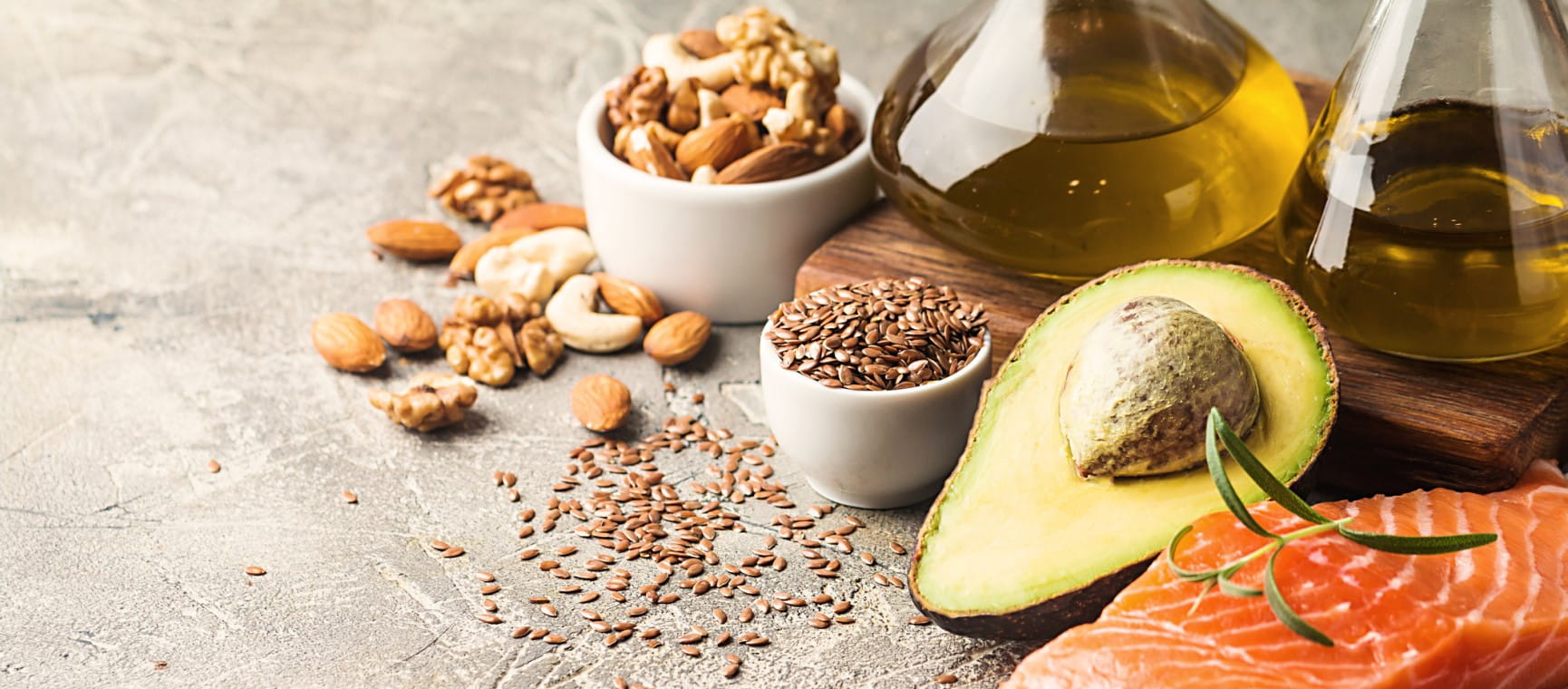
We’ve ranked some of the most popular fats we eat from best to worst.
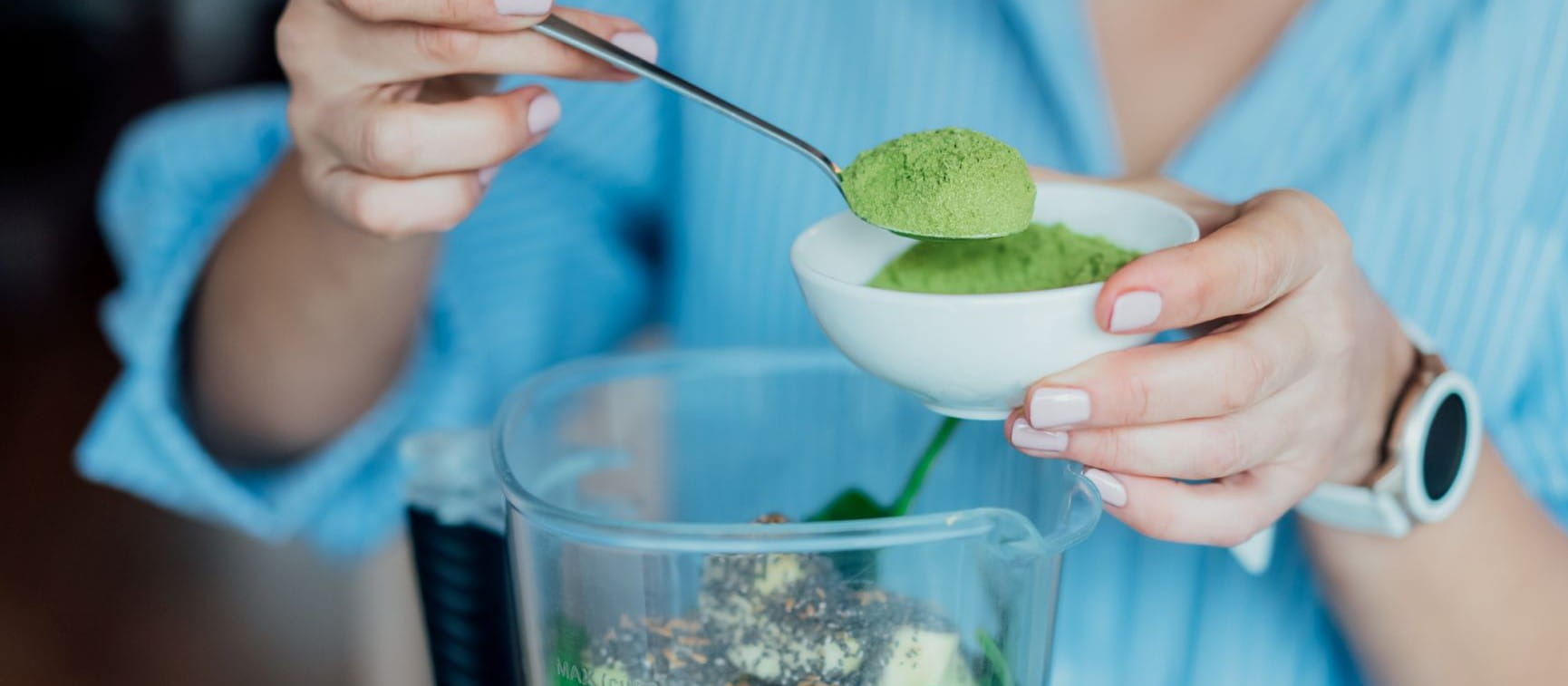
What are superfood powders and how useful are they? Experts reveal their choices of the best ones to try.
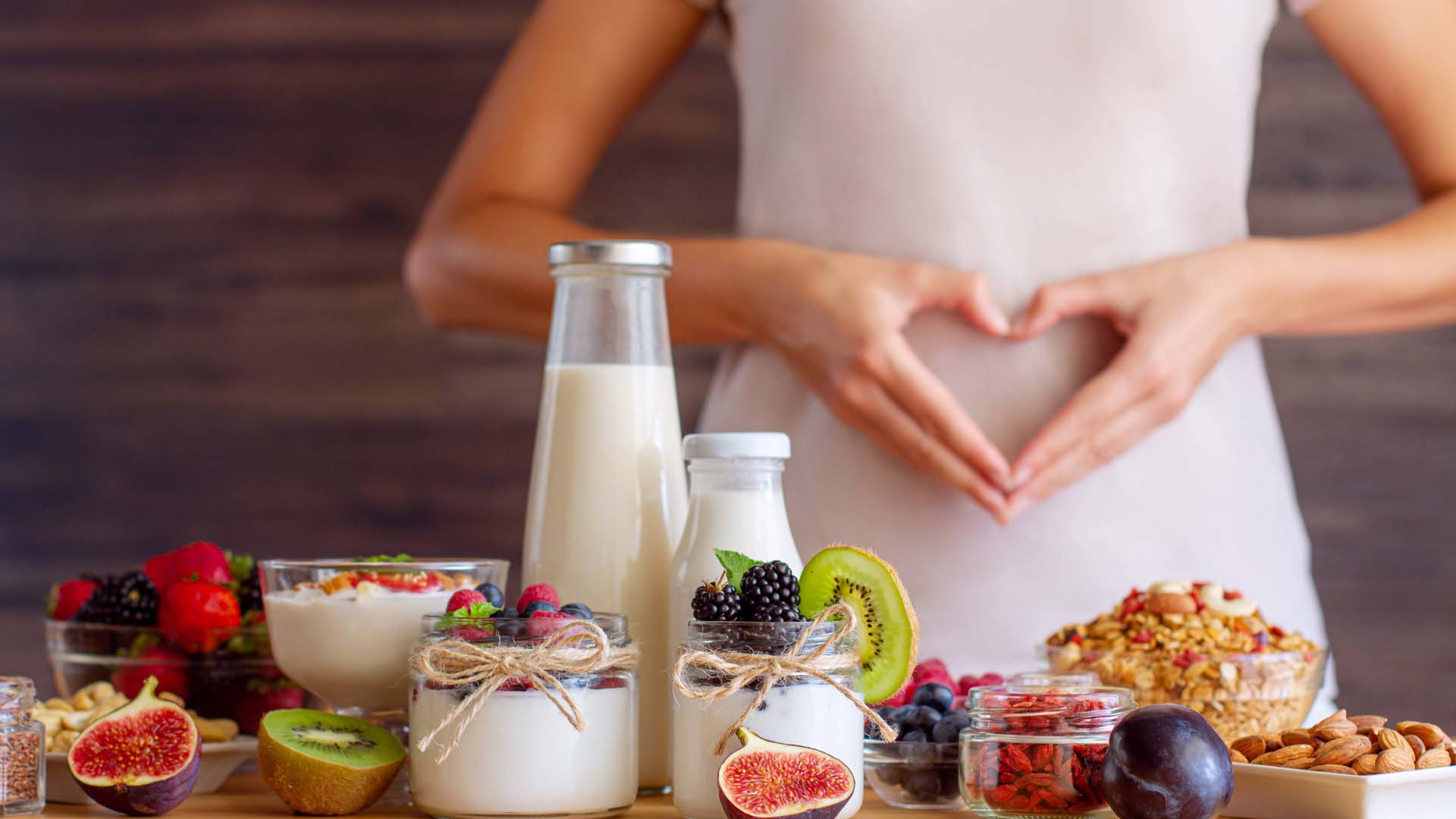
Looking after your gut health could be one of the biggest things that you can do for your overall health. Here are the best foods to keep your gut happy.
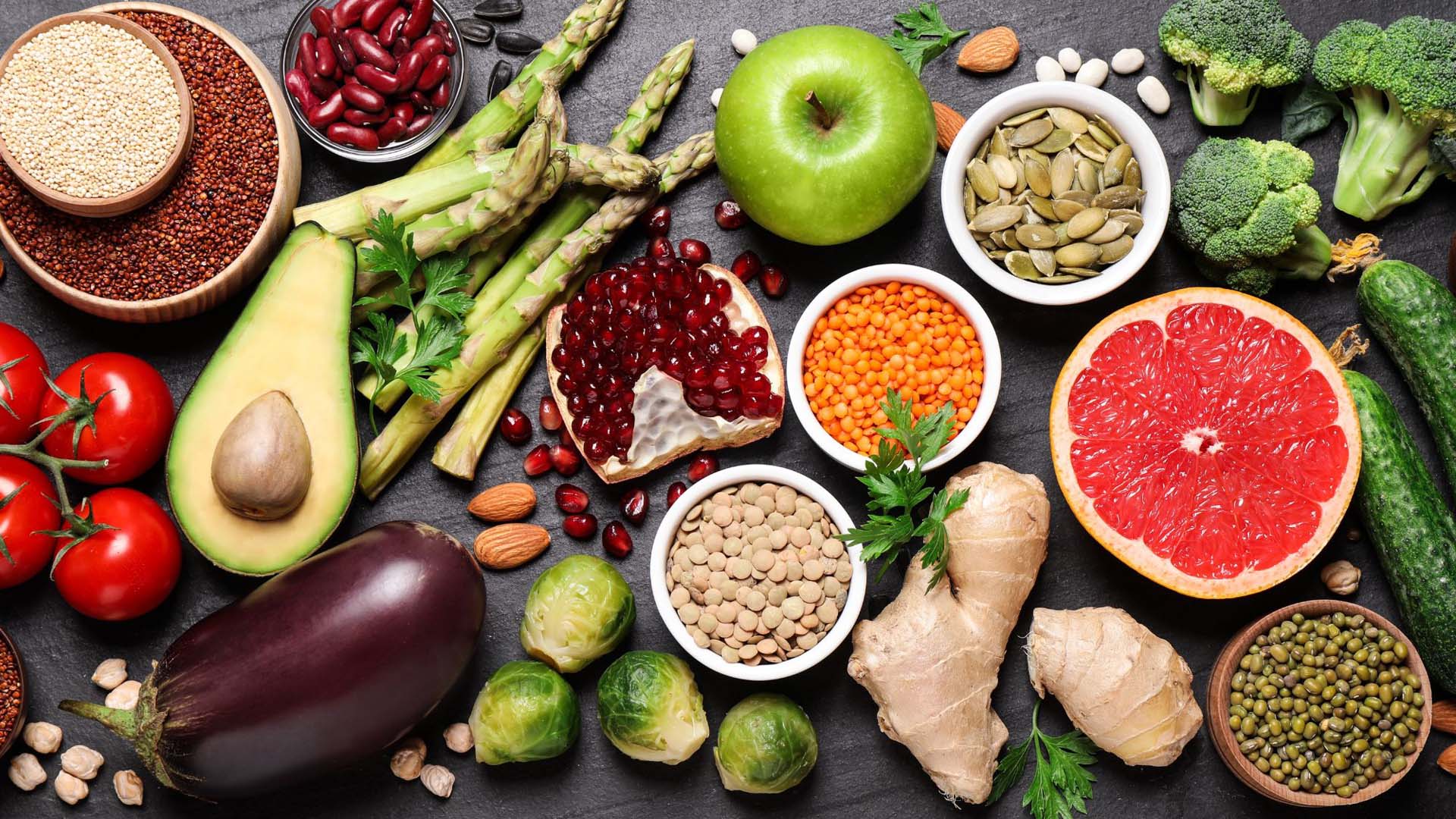
The foods that could help you live longer and protect against chronic illness.


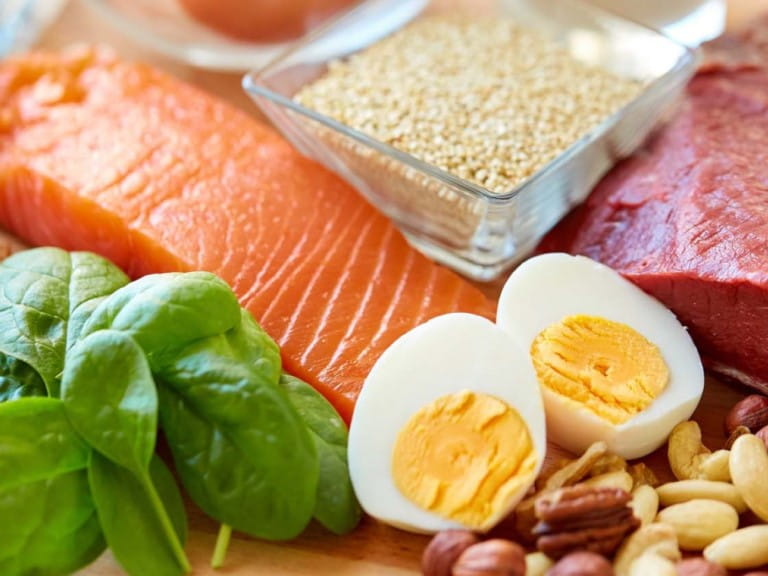
Everything you need to know about protein, from how it benefits your body to the best high-protein foods – and how much you really need.
